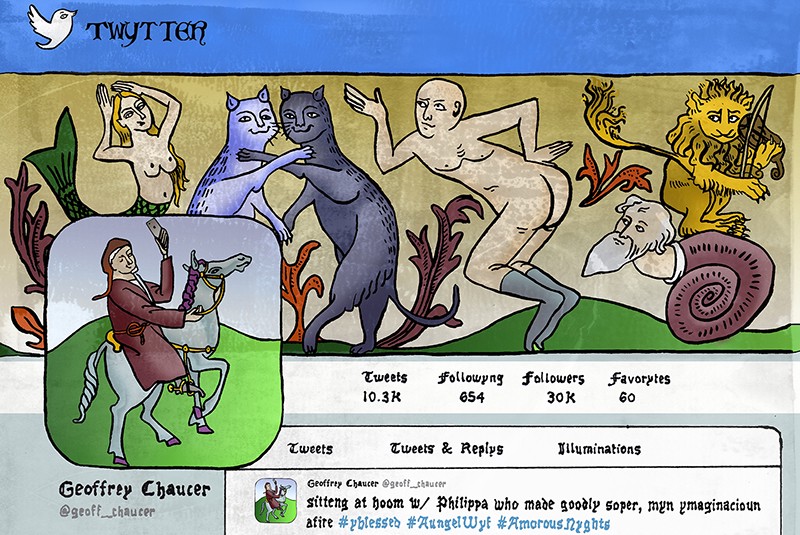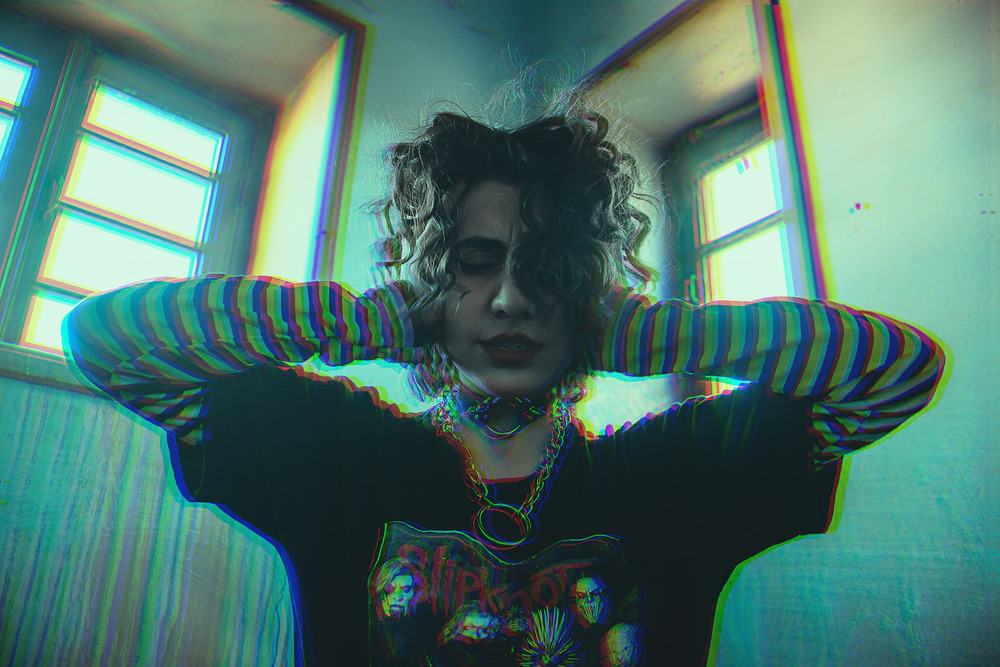Craft
Anatomy of a Discovery: How a Literary Magazine Editor Finds New Writers

I sometimes hear publishing new writers talked about as if it were an occult art. Tea leaves consulted. Sand art made. A voice in the dark. But it’s not that hard to find very good new writers. You just have to listen to people. There are agents who seem to constantly have good new voices, magazines which have a record of publishing them, cities where they seem to develop and read in public, and, of course, teachers and writing programs around which they seem to cluster. Just as tornadoes hit the plains and avalanches happen in winter, spend enough time in these spaces and soon enough something miraculous will walk into view.
Spend enough time in these spaces and soon enough something miraculous will walk into view.
The exciting thing about these stakeouts is you never know exactly what shape the writer will come in. It might be someone like Claire Vaye Watkins, who walked up to the Granta booth in the basement of the Chicago Hilton during AWP in 2008, looking like a goth girl with a hangover, standing next to Christopher Coake, saying nothing, while Chris is saying, trust me, man, just trust me, ask her to do something. And then a week later she unreels the most gorgeous essay about growing up in the west and having to dream up her family, much as the west is dreamed up, because her father had died before she was born and all she had left of him was the media coverage that had burst into view when he renounced The Family, of which he was a member. Claire’s first novel is coming out next week, Gold Fame Citrus, and every bit of its terrifying genius, its lyrically specific grasp of the West — how it is a place built on a mirage of water — can be found in that tiny little 600 word piece she wrote for Granta on a whim because a guy standing on the other side of a table said have a whack at it.
That’s all editors do sometimes. Read the slush. Tell the ones we meet to try. Listen to a writer’s supporters. So when Nathan Englander says, I have this student named Phil Klay, he’s the real deal, I listen, and when Lan Samantha Chang nudged me after a visit to Iowa and mentioned the writer who’d just given me stories — Chinelo Okparanta — I made sure to read them on the flight back to New York. Somewhere over Pennsylvania my hands started to sweat: here was a real talent. Someone who knew how often the press of love had to find small spaces. Her stories were patient and wise, as if they were written by a woman in her 80s who had condensed all her experience into 12 key narratives. Chinelo’s first novel is also out right now, and it’s the kind of book that should have come with a cold compress kit. It’s sad and sensual and full of heat.
Somewhere over Pennsylvania my hands started to sweat: here was a real talent.
But if there were one source of high pressure in the past decade, a real Tornado alley, it would have to be Hunter College, which Peter Carey and Colum McCann have taken from a school people worked hard to get into and did well with, to one of the most important weather systems in the country. The list of exciting writers who have come out of that program since they took over is comically long, from Maria Venegas to Vanessa Manko and Samantha Kristia Smith, Alex Gilvarry and Bill Cheng, Jason Porter, the aforementioned Phil Klay, Tennessee Jones, Scott Cheshire, Lauren Holmes, Jeffrey Rotter. On and on it goes. When I worked at Granta and came back to the city I’d go to an event and there they’d all be, like some sort of strange motorcycle gang, moving as a pack, listening keenly to whomever it was reading, and then wondering where to go to next on their choppers.
Great storytellers. That’s what seems to unite the writers who emerged from that program, and I can see why. Peter and Colum have huge, forceful, sometimes overwhelming personalities, but also the spooky ability to disappear in their own books, to narrate with observational intelligence rather than the self. McCann runs a clinic in this erasure in his new story collection, “Thirteen Ways of Looking.” It seems to be the ethos of that school. So when Colum started mentioning a writer to me in 2008 or 2009 named Fatin Abbas, speaking with his body he was so excited — that’s the tell — saying she was going to be big, but she’d take time, I set a timer in my head and kept asking. Every six, nine months, I’d talk to Colum and then, eventually, Fatin herself, who showed up at a few Granta events, but would disappear for months if not years to work on her novel.
One of the strange things one experiences as an editor is the stop-gap impression of books being written. How a face or email address or thought of a person will bloom into view and then disappear, all while this immense amount of effort and lifting is being done in the dark, alone. I thought in fact with Fatin the trail had actually gone cold, but suddenly she wrote back quickly last fall, sent some pages. Two chapters in fact. Those first few moments of reading a writer’s work you’ve been chasing are so electrifying. You don’t read slowly, or at least I don’t: I read paragraphs at a time after the first one starts off well. There’s a kind of dilation of the pupil. With this big eye I read very quickly and as more and more pitfalls are avoided, and the prose takes on that forceful inevitable quality, I read even faster, I’m racing to the end. Only to begin again, read slowly, find out if in fact I was just tricked.
Those first few moments of reading a writer’s work you’ve been chasing are so electrifying.
With Fatin, there was no trick, just an extraordinary stillness and poise. There was a scene: we were in a small village town in Sudan that had been raided by rebels on and off over the previous weeks. There was a house boy, a documentary filmmaker, and several other people, all of whom are brought together by the appearance of a dead body one day, so charred and burned it is hard to ascertain its identity and more keenly, as a result, where it should be buried. Fatin, who had seemed so shy in person and on email, was not at all shy on the page. She moves swiftly in and out of four or five different characters points of view like it was nothing, like it was what she was for. It reminded me instantly of the narrative poise of Chimamanda Adichie in “Half of a Yellow Sun,” the way her steady hand with interior lives allows her to take a big wide angle shot of her country with the whole tale.
There is around 18,000 words of Fatin Abbas’ manuscript in the first issue of Freeman’s. The only longer piece is Lydia Davis’ 24,000 word essay about learning Norwegian without a dictionary by reading Dag Solstad’s notoriously difficult Telemark novel. It is one of the first issue’s main pillars. It’s there because it’s great, but it’s also there because I feel like literary journals exist for these discoveries. It’s what keeps them alive and more importantly, it’s what unites them with their readers, who come to our pages looking for something. Even if it’s not the writer being introduced that a reader finds, the vibration of discovery — and here I will sound oeiji board-ish — rubs off on everything around it. It’s the sound any good editor is listening for when they’re sitting there in the dark, watching for movement in the bushes.








